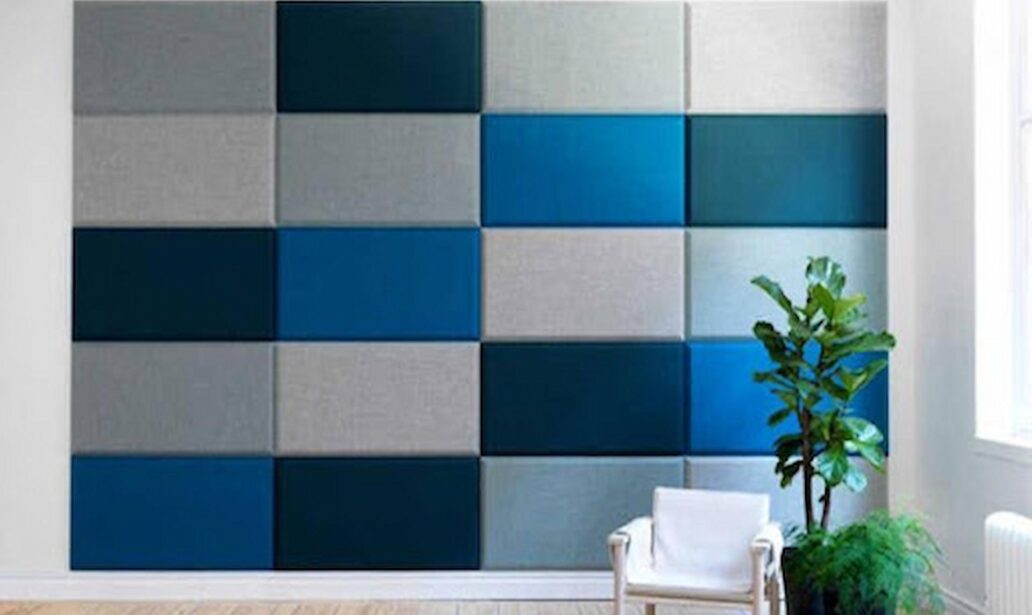Creating a safe environment for children is a top priority for parents and caregivers. Whether at home or in public spaces, ensuring that surroundings are child-friendly and impact-resistant can prevent accidents and provide peace of mind. Implementing thoughtful design and safety measures can transform any space into a haven for young ones, blending functionality with safety without compromising on aesthetics.
Start by examining the high-traffic areas in your home where children spend most of their time. Living rooms, playrooms, and bedrooms are often the places where kids are most active. Ensuring these areas are free from hazards is essential. Furniture with rounded edges can significantly reduce the risk of injury. Sharp corners on tables, shelves, and other furniture pose a significant danger, especially to toddlers who are still unsteady on their feet. Opting for furniture with softer, rounded edges or adding corner guards can make these pieces safer.
Another crucial step is securing heavy furniture and appliances. Children love to climb and explore, which can lead to accidents if items are not properly anchored. Use furniture straps or brackets to secure bookshelves, dressers, and televisions to the wall. This simple measure can prevent tip-over accidents, which are unfortunately common but easily avoidable.
Wall padding is an excellent solution for making any room safer. It provides a cushioned surface that can absorb impact, reducing the likelihood of injuries from falls or collisions. Installing wall padding in play areas, near staircases, or in any space where children frequently play can make a significant difference. This added layer of protection is particularly beneficial in homes with hard surfaces like tile or hardwood floors, where falls can result in more severe injuries.
Floors themselves should also be a focus when childproofing a space. Soft, non-slip mats or carpets can provide cushioning and reduce the chance of slips and falls. These materials are especially useful in play areas where children are often on the move. While selecting floor coverings, consider materials that are easy to clean and maintain, as spills and messes are inevitable with children around.
Electrical outlets and cords are another area of concern. Children are naturally curious and may be tempted to insert objects into outlets or pull on cords. Installing outlet covers and organizing cords out of reach can mitigate these risks. Additionally, ensure that any electrical appliances are kept away from water sources to prevent the risk of electric shock.
Window safety is equally important. Windows should be equipped with locks or guards to prevent children from opening them and potentially falling out. Blinds and curtain cords can also pose a strangulation hazard, so opting for cordless window coverings or securing cords out of reach is advisable.
In kitchens and bathrooms, where there are numerous potential hazards, extra precautions are necessary. Use cabinet locks to keep children away from cleaning supplies, medications, and other dangerous items. Install stove knob covers and keep sharp utensils out of reach. In the bathroom, non-slip mats in the bathtub and on the floor can prevent slips. Always ensure that hot water temperatures are set to a safe level to avoid scalding.
Creating a child-friendly environment also means considering the accessibility of toys and other items children frequently use. Shelves and storage units should be at a height that children can reach safely without climbing. Encouraging children to clean up after themselves can also minimize the risk of tripping over scattered toys.
Safety gates are an essential tool for keeping children away from hazardous areas, such as staircases or rooms that are not childproofed. These gates can be installed easily and provide a reliable barrier to keep children safe.
Incorporating these strategies can significantly enhance the safety of your home, making it a secure space where children can explore and play freely. By taking proactive steps like installing wall padding, securing furniture, and addressing potential hazards, you create a child-friendly, impact-resistant environment that offers peace of mind for parents and a safe haven for children.

